|
The night was filled with laughter, music and lights as the Medora Musical went off without a hitch. The Medora Musical in Medora, North Dakota is a favorite of mine and I try to get there every year. No matter how many times I’ve crossed the state, the sharp contrast between the rich rolling plains on the east to the rugged badlands of the west never ceases to intrigue me.
This year, the musical’s theme was family—yours, mine, and ours as a nation. Those who came before and others who will follow in our footsteps. What was it like for those who came here in the early years? It must have felt like a different world to a German or Swedish family who homesteaded in the western part of North Dakota. Gone were the orderly small fields in a mild climate. Instead they exchanged that life for one with wide open spaces and rugged terrain and incredible beauty. How did they figure out how to be successful raising livestock in these new conditions We imagine the journey that our immigrant ancestors made to America. Did they come on a sailing ship or a steamship? Finally locating the ship that they took from Europe or identifying the port that they landed in brings your ancestor’s story to life.
Once here they followed routes via river, railroad and trails. They made for great additions to your family story. I’ve been thinking about their modes of transportation once they were established on their homestead and neighborhood. What does that look like for your ancestors? Imagine the multi-tasking that went into teaching eight grades, with multiple lessons, all done in a single day by one teacher. All that reading, writing and arithmetic wouldn’t have been possible without the dedicated country school teachers.
Who were these teachers? Did someone in the community step up or were they eastern young people out for an adventure on the prairie? I’d say a little of both. Let’s look a little deeper into the experience of a one room country school teacher and resources available to learn more about your teaching ancestor During a recent visit to a local store, the shelves were full of school supplies: papers, pencils, scissors, notebooks and more. Parents were scurrying around with their children, picking out school supplies from a list provided by their teacher. Later this month children will be heading back to school.
While I don’t think our pioneer ancestors had detailed supply lists from their teacher, perhaps they would get new shoes for school—after the freedom of running barefoot all summer. This picture from the 1890s shows shoeless students at this rural Dakota school. What else can we learn about their experience and how it shaped their lives? How was it different from our ancestors who grew up in a town or city? What would be interesting to include for your family history? |
AuthorWith a lifelong passion for genealogy and history, the author enjoys the opportunity to share genealogy tidbits, inspiring others to research and write their family story. Archives
July 2024
Categories |
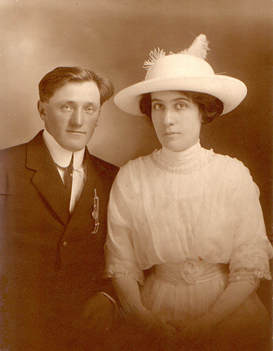
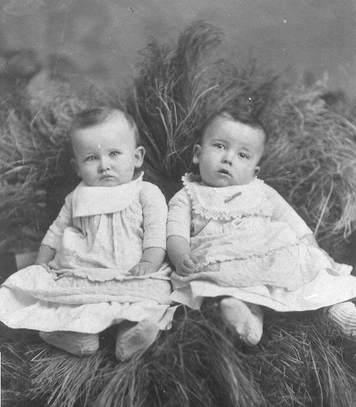
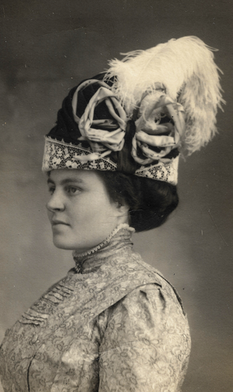
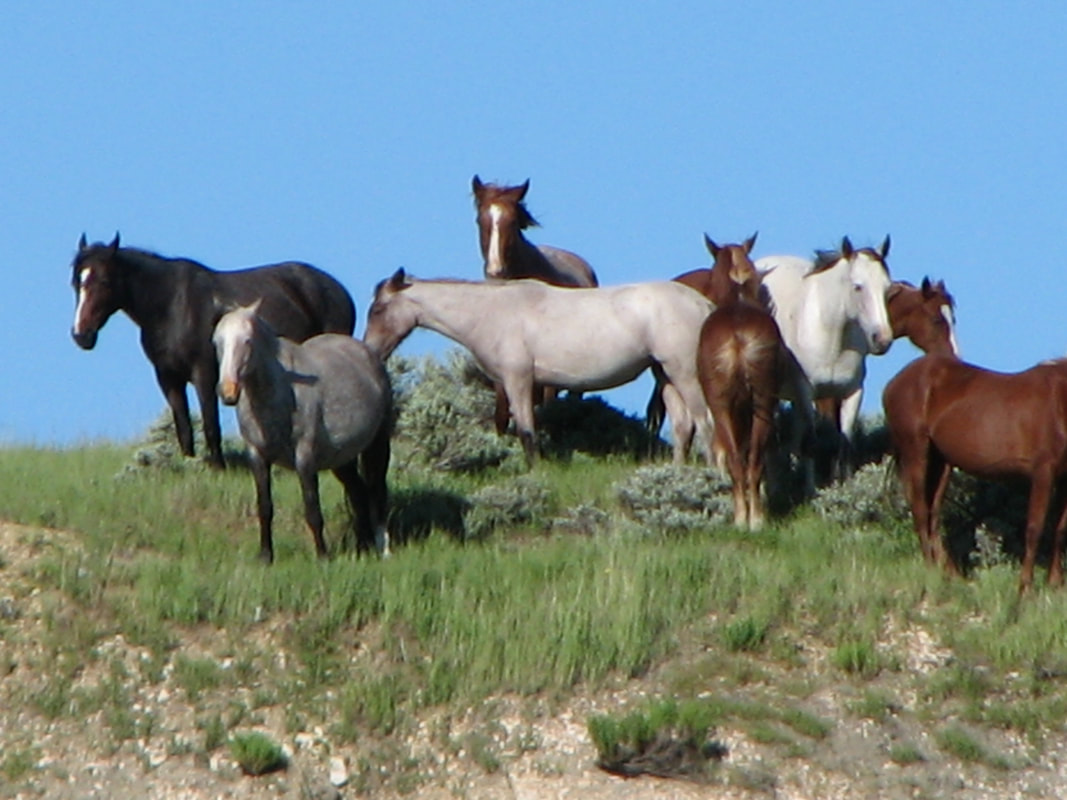
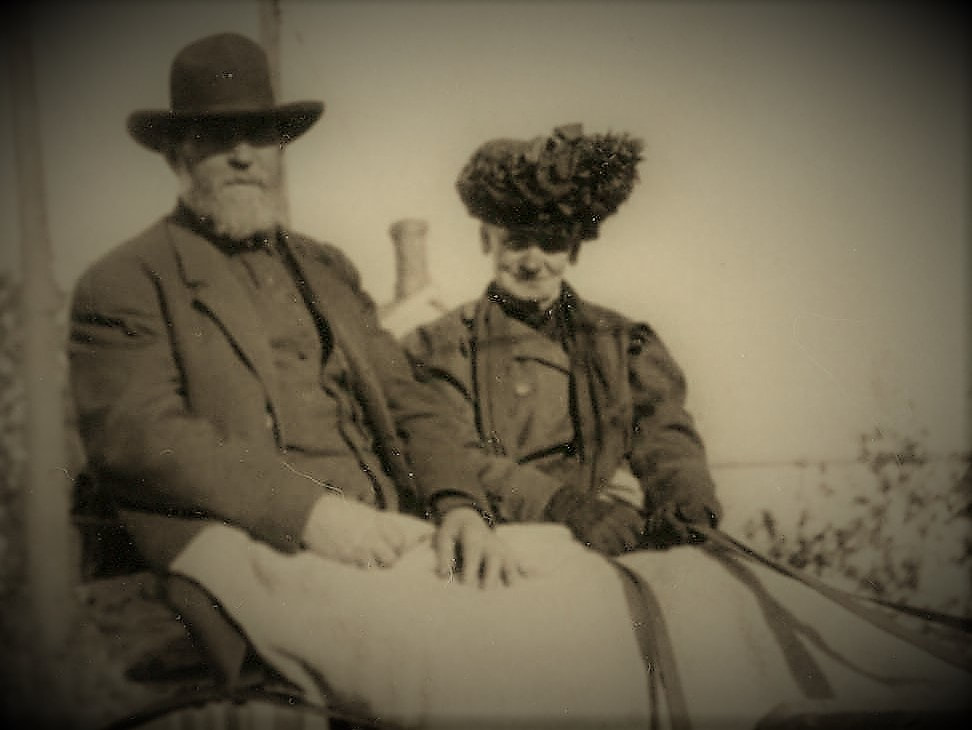
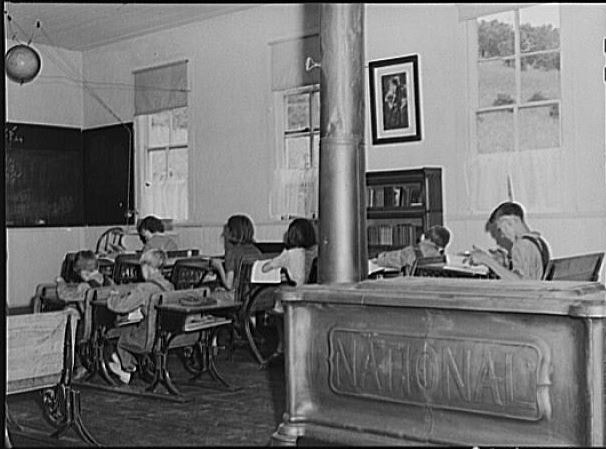
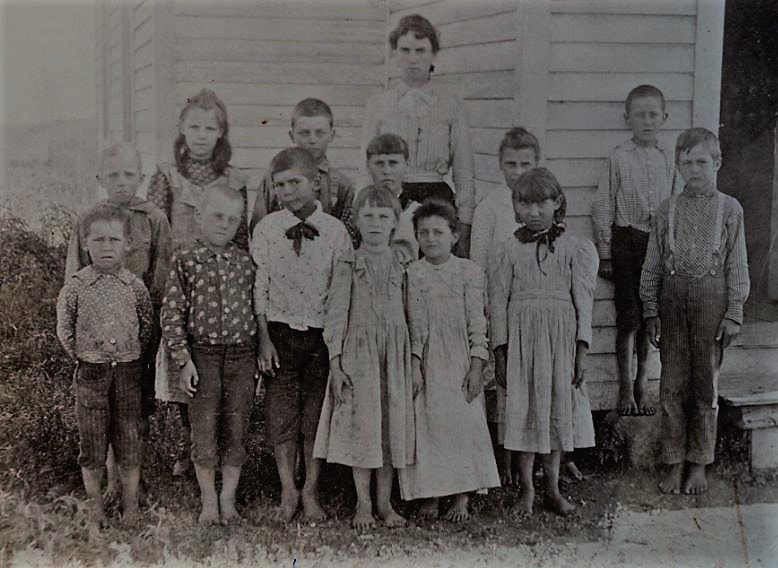
 RSS Feed
RSS Feed